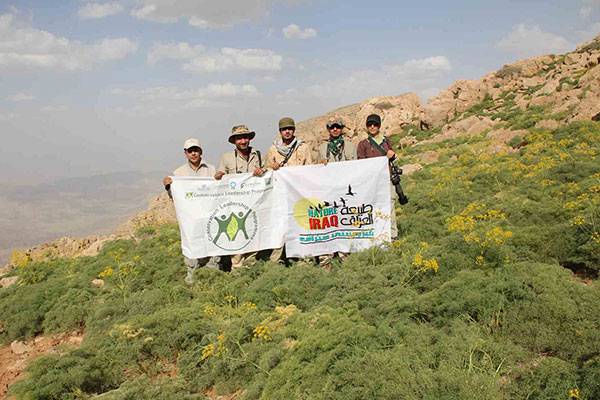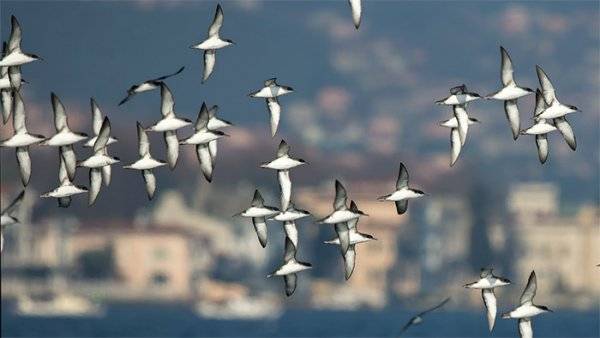Guest blog by Abraham Shokouhi
Bird migration is a remarkable ecological occurrence, and within the realm of birds, raptor migration stands out as a truly magnificent phenomenon. Witnessing the grandeur of an Imperial Eagle, Steppe Eagles, or a Eurasian Griffon Vulture flying directly towards you during an autumn raptor migration bottleneck is an unforgettable experience. Even if you are not an ornithologist or birdwatcher, the sight of birds of prey inspires admiration, fueling a passion to learn more about them. This presents an opportunity to enhance public awareness of raptor migration and conservation efforts.
To capitalize on this opportunity, two years ago, we initiated the Hyrcan Raptor Watch within the Iranian Ornithological and Birding Club, commonly known as the Iranian Birding Club (IBC). The name “Hyrcan” was chosen to emphasize the significance of the Hyrcanian Forest, an exceptional relict forest recognized as a UNESCO Natural World Heritage site in both Iran and Azerbaijan. The Hyrcanian Forest blankets the mountain slopes along the entire southern expanse of the Caspian Basin. This region is detached from the Caucasus in Azerbaijan, encompassing the Talesh (Talysh) mountains and the northern slopes of the Alborz Mountain Range in Iran. These forests play a crucial role for migrating raptors, providing prey and roosting places.
The Caspian Sea and Alborz mountains act as natural barriers for raptors, especially when clouds shroud the mountains. However, the existence of the raptor bottleneck in the Southeast of the Caspian Sea was uncertain for decades until the findings of a five-day survey conducted in October 2017 by Michele Panuccio, an Italian ornithologist and ecologist, accompanied by two Iranian students—both undertaking post-graduation abroad—were published in 2018. During that period, we were not actively focused on this matter, and regrettably, we were not acquainted with Michele Panuccio nor did we have the opportunity to meet him. Tragically, Michele Panuccio passed away shortly thereafter (1976-2019). Viewing a photo selected for his obituary, which depicted his dedication to educating the younger generation about raptors and his delight in sharing binoculars with teenagers in Thailand, was truly captivating. Subsequently, I came across the 2020 foreword written by Mr. Richard Porter in Panuccio’s honor for a book published in 2021 titled Migration Strategies of Birds of Prey in the Western Palearctic, wherein Panuccio was recognized as one of the three writers. This also revealed the significance of Panuccio’s initial goal, which was to enhance public knowledge.
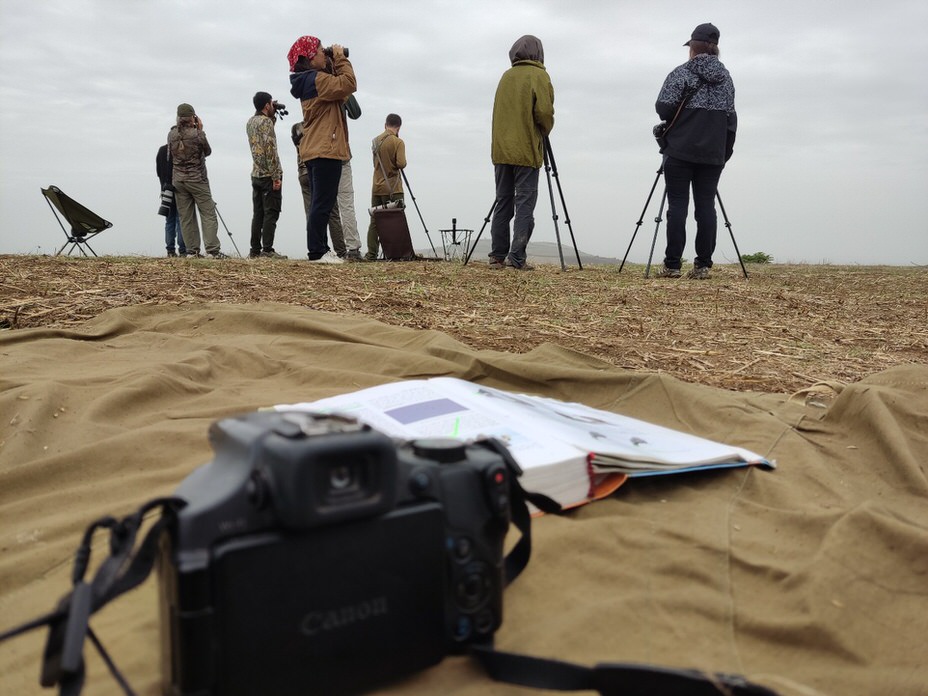
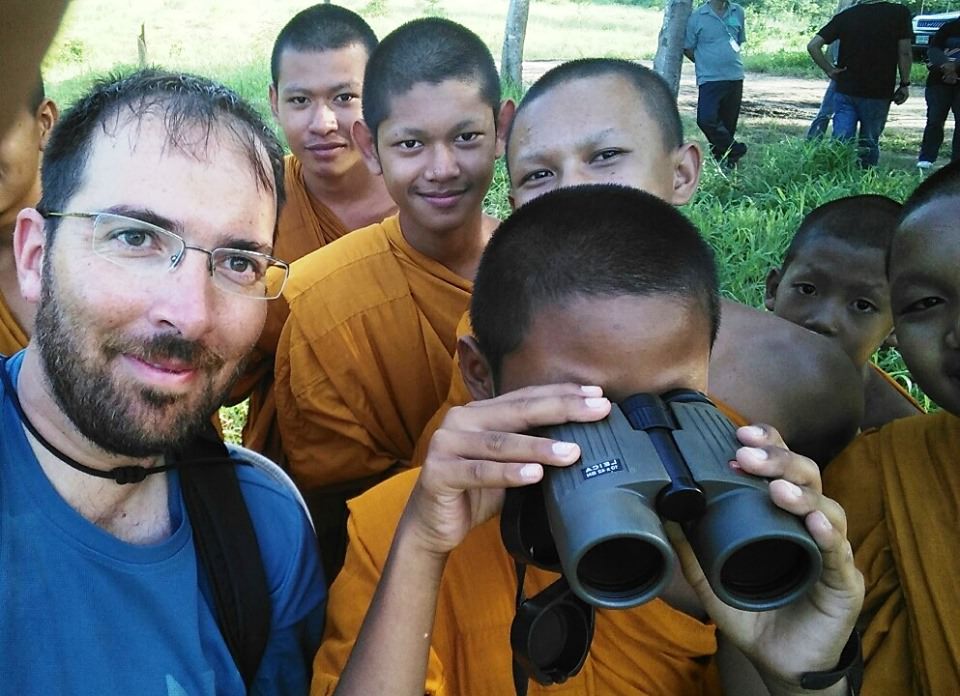
Motivated by Panuccio’s commitment and drawing inspiration from a comprehensive perspective outlined in Monitoring of migratory soaring birds in the East African-Eurasian flyway: a review and recommendations for future steps (Jobson et al., Sandgrouse 2021) and Migratory soaring bird migration monitoring in the East African-Eurasian flyway, a guest blog by Ben Jobson published by OSME in 2021, we have directed our efforts toward education, training, avitourism, and conservation along this raptor migration route over the past two years. Our efforts expanded not only in the southeast of the Caspian Sea but also in the southwest, revealing another migratory raptor bottleneck between Talesh slopes and the south west of the Caspian Sea in 2022 and 2023.
Recognizing a persistent need to educate local communities about the significance of raptor migration bottlenecks, especially due to wildlife trafficking, became evident. Illegal trade of raptors, particularly falcons and hawks, increased in recent years, driven by the falconry market in neighboring Arab countries. Additionally, inflation and other socioeconomic factors in Iran contribute to the escalation of illegal raptor trade. In underdeveloped regions, people mostly job-seeking youth, driven by the illusion of overnight wealth, attempt to catch and sell raptors to dealers. Unfortunately, illegal raptor traders outpace conservationists, extending their illicit trapping techniques from the southern regions along the Persian Gulf and Gulf of Oman—recognized as hawk trapping experts—to the north, smuggling remarkable raptors listed in CITES appendices. Unofficial reports from the Iran Department of Environment (DoE) reveal that many trapped birds either perish or are unable to return to their natural habitat due to injuries sustained during the cruel act of having their eyelids sewn shut with needle and thread or being kept in poor conditions. Even raptors with no significant value for falconry, such as the long-legged buzzard, meet untimely deaths due to the lack of knowledge among new trappers and their unbridled ambition. Consequently, educating local communities, particularly children and teenagers, becomes imperative. To combat this, educating locals, especially children and teens, became essential to prevent wildlife trafficking and at the very least, this education could encourage locals to report suspicious wildlife trafficking activities to the DoE.

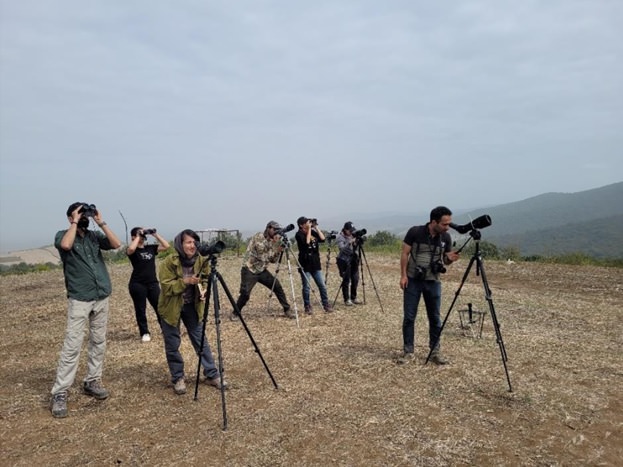
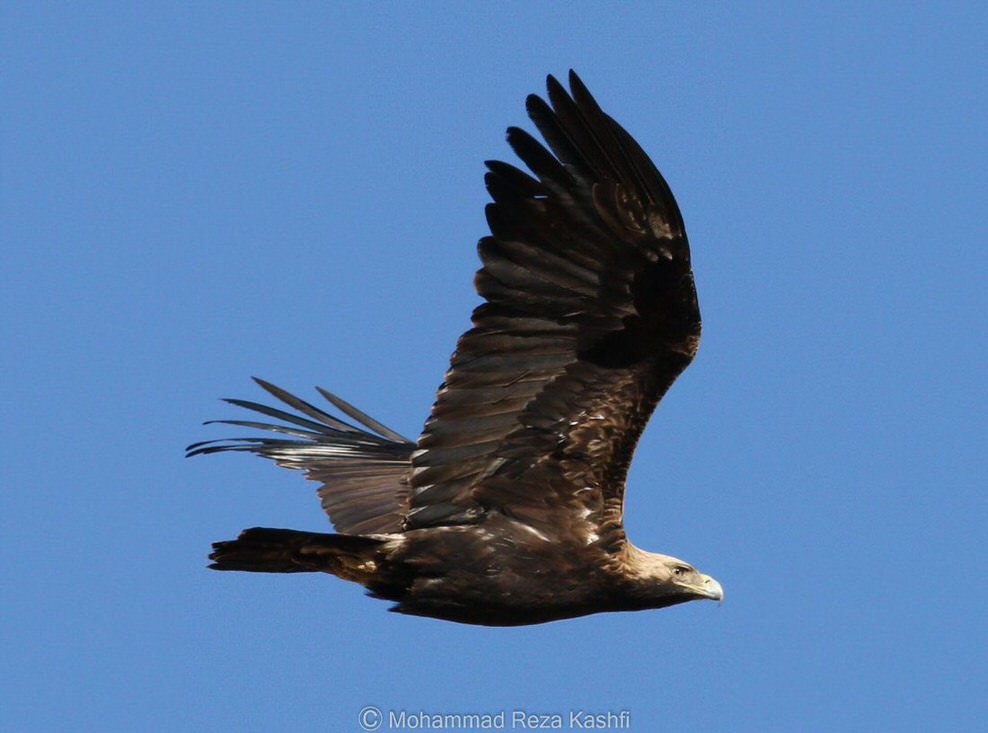

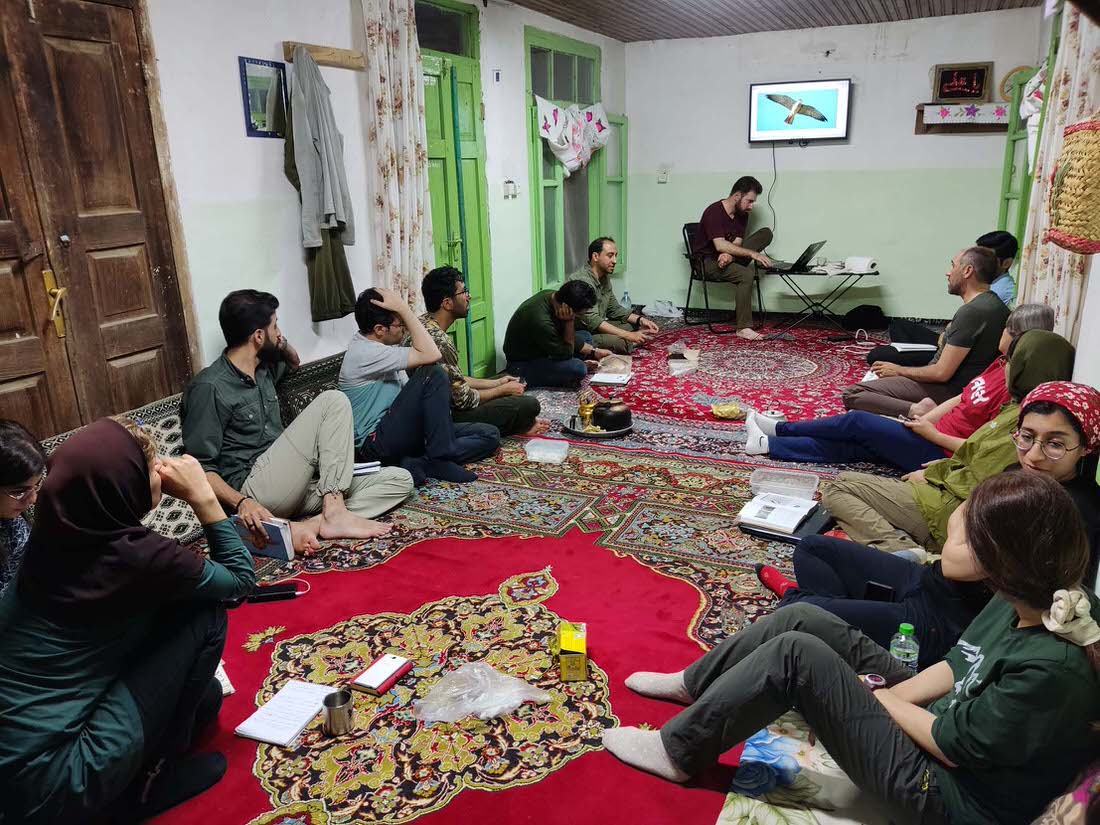
Furthermore, local Rangers and the director of the DoE wildlife office in Golestan Province visited our field station. Additionally, we extended an invitation to one of the avian experts from the DoE office in Tehran to deliver a presentation on bird ringing. Finally, our educational and conservation program was featured on local TV news and IR Radio. Afterward, to explore the potential existence of another raptor bottleneck in Iran, we shifted our focus to the southwest of the Caspian Sea and conducted surveys in Talesh and Astara.
In 2023, thanks to the support of donators and a sponsor from our homeland (Iran, which is under sanctions and did not receive support from OSME), we designed T-shirts for our executive volunteer team and printed brochures detailing about Hyrcan Raptor Watch. These brochures include information on raptor migration and indications of observed raptor species, featuring photos captured by our team over the past two years during raptor migration. We voluntarily organized presentations about raptor migration, identification and the ecology of raptors at Gorgan University of Agricultural Science and Natural Resources (GUASNR) for environmental science students. This initiative was made possible with the support of Dr. Hamid Reza Rezaie, an associate professor at GUASNR, and we express our sincere appreciation to him and the Scientific Association of the Environment Faculty at GUASNR.
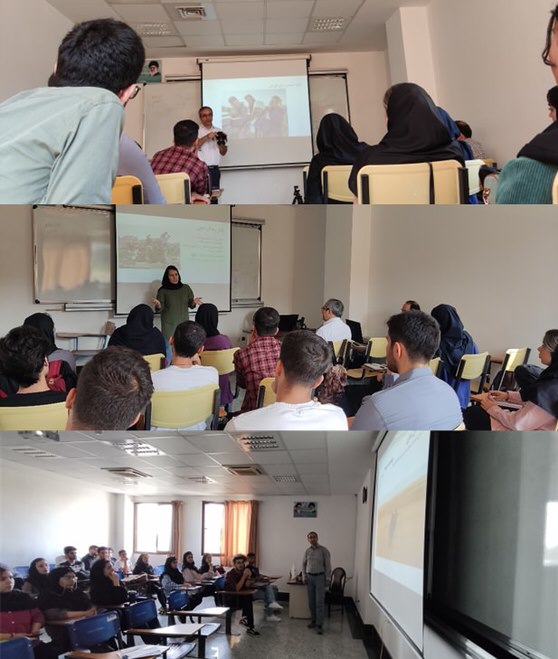
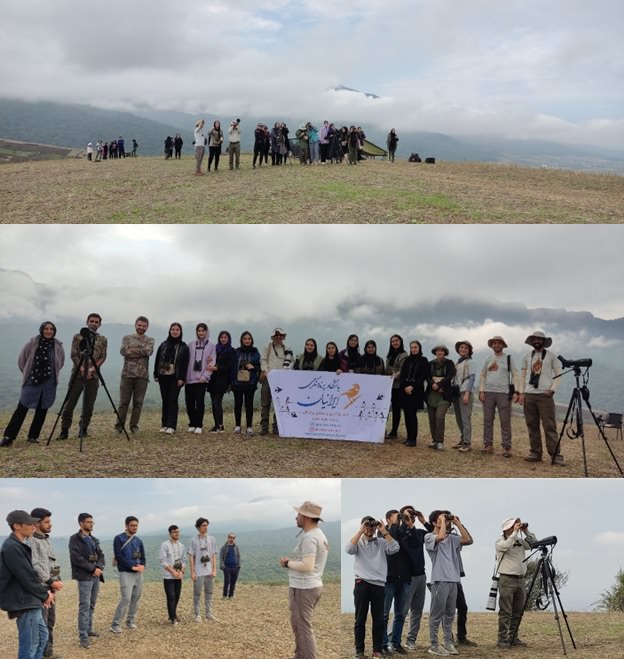
In addition, we actively engaged local children and families in raptor watching, emphasizing their crucial role in nature conservation.
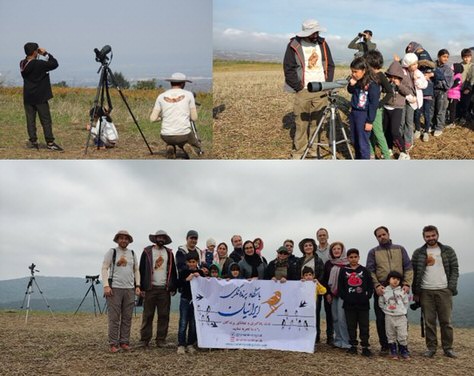
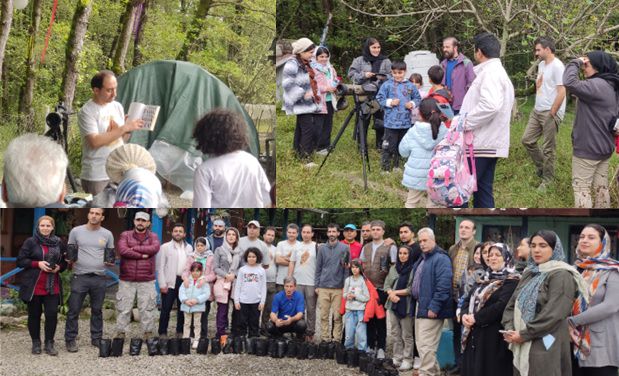
On World Migratory Bird Day, which falls on October 14, we collaborated with the Department of Environment (DoE) and Falat NGO for presentations on migratory birds in Iran and my presentation focused specifically on raptor migration. Following this, we conducted another short-term monitoring, this time in Talesh, in the southwest of the Caspian Sea, revealing yet another raptor migration bottleneck in Iran. The related article will be published soon. With a primary focus on education to raise public awareness about raptor migration, we actively participated in a gathering of a local NGO in the field of Hyrcanian Forest Protection in Talesh. During the event, we discussed raptors, their migration, and provided practical information about the local birds of the Hyrcanian Forest and their ecological role. Finally, we planted seeds of sweet chestnut and nettle trees, which are native to the Hyrcanian Forest.
We are hopeful that, with financial support of sponsors and donors, we can conduct Hyrcan Raptor Watch in 2024 for a long-term, systematic raptor count in the southwest of the Caspian Sea bottleneck.
As a conclusion, we take pride in fulfilling our mission of educating and involving local children and youth in both the southeast and southwest regions of the Caspian Sea.
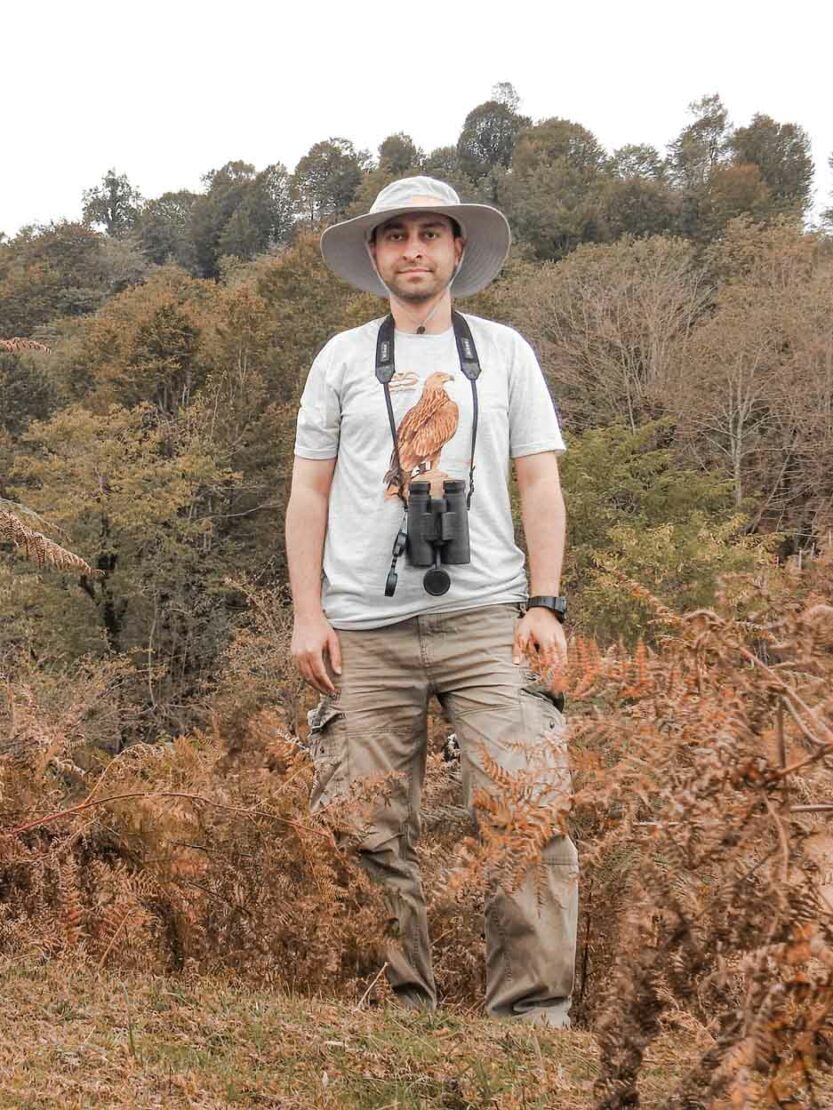
Abraham Shokouhi, an avian ecologist and conservationist in the Iranian Ornithological and Birding Club, holds an M.Sc. in habitat and biodiversity conservation. His dissertation focused on the spatial niche and ecology of rock nuthatches in the Alborz mountains. As a core member, he has made voluntary contributions to the Hyrcan Raptor Watch and Common Swift conservation initiatives. Furthermore, he is a local birdwatching tour guide in Iran.

